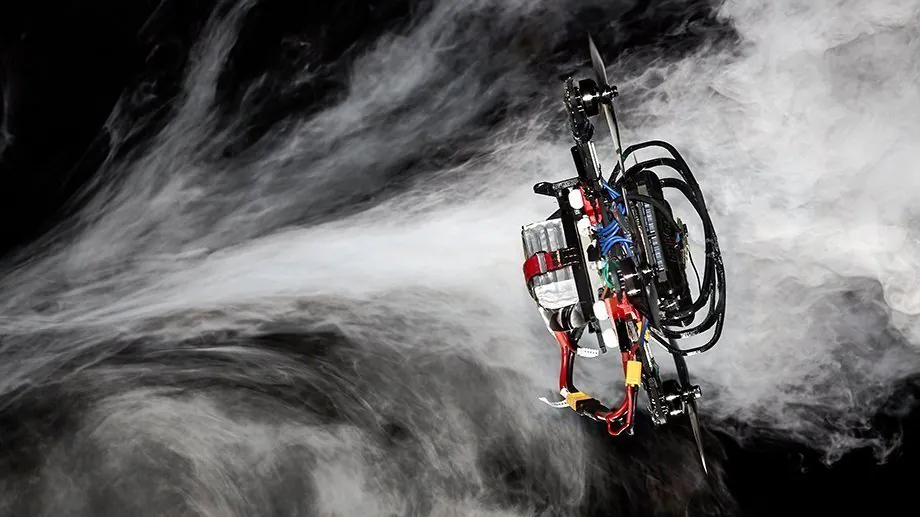Artificial Intelligence
Algorithm Enables Autonomous Drone to Fly Faster Than Human-Controlled

In the past, human pilots have been able to successfully outperform autonomous systems when it comes to flying drones. However, a research group out of the University of Zurich (UZH) has developed an algorithm that is changing this dynamic.
Drones are required to be quick given their limited battery life. This means they must carry out tasks in as little time as possible, including search and rescue missions, building inspections, or delivery. This often requires drones to move through a series of waypoints, such as windows, rooms, small spaces, or other specific locations. When flying through these waypoints, drones figure out the best trajectory and acceleration or deceleration at each point.
The Team’s Algorithm
The research team’s algorithm is able to find the quickest trajectory to guide a quadrotor, which is a drone that possesses four propellers, through a series of waypoints on a circuit.
Davide Scaramuzza leads the Robotics and Perception Group at UZH and the Rescue Grand Challenge of the NCCR Robotics, which was responsible for funding the research.
“Our drone beat the fastest lap of two world-class human pilots on an experimental race track,” says Scaramuzza. “The novelty of the algorithm is that it is the first to generate time-optimal trajectories that fully consider the drones' limitations.”
Previous work in this area focused on simplifications of the quadrotor system or the description of the flight path, which were limiting factors.
Phillip Foehn is a PhD student and first author of the paper.
“The key idea is, rather than assigning sections of the flight path to specific waypoints, that our algorithm just tells the drone to pass through all waypoints, but not how or when to do that,” says Foehn.
Testing the New Algorithm
To test out the new system, the team put the algorithm and two human pilots against each other, flying the same quadrotor through a race circuit. They relied on external cameras to capture the motion of the drones. With the autonomous drone, those cameras provided real-time information to the algorithm, such as the drone’s location at any given moment.
In order to create a more fair system, the researchers allowed the human pilots to train on the circuit before the race. Despite all of this training, the algorithm still won, and all of its laps were faster than the human ones. The algorithm also performed more consistently than the human. After it found the best trajectory, it was able to repeatedly reproduce it, which the humans were not able to do.
The researchers must create a less computationally demanding drone if it is to make it into commercial applications. The current system requires up to an hour for the computer to calculate the time-optimal trajectory for the event, and it relies on external cameras to compute its location at any moment. The scientists now want to explore onboard cameras.
Even with these required advancements, the fact that the autonomous drone can fly faster than the human is a crucial development.
“This algorithm can have huge applications in package delivery with drones, inspection, search and rescue, and more,” says Scaramuzza.











